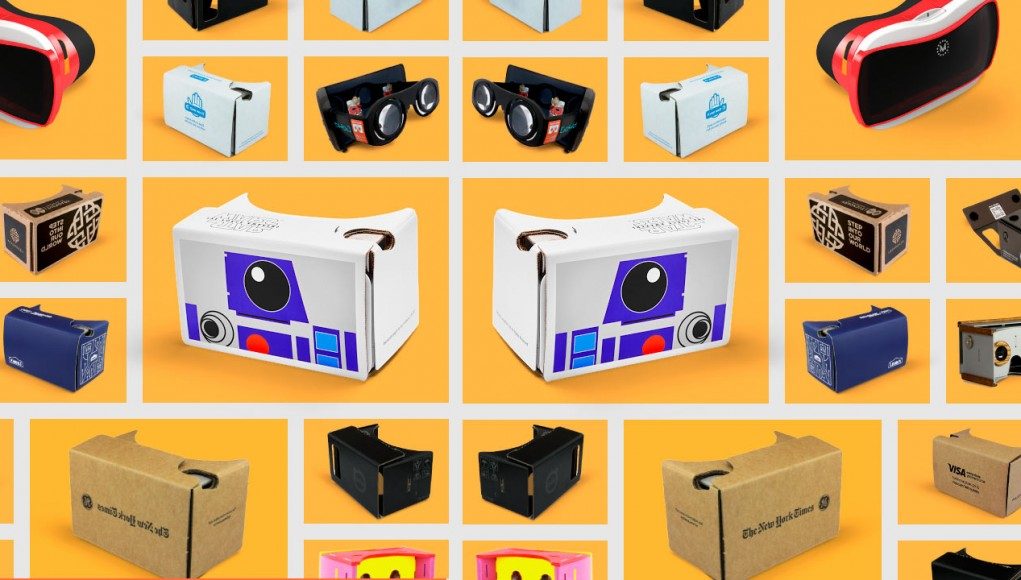I’m joined on the podcast today by Road to VR Executive Editor Ben Lang and Moor Insights Analyst Anshel Sag for a 45-minute roundtable discussion about Google and what they’re doing in VR. We cover everything including Google Cardboard, Jump cameras, the Expeditions educational program, WebVR, Project Tango, Google Glass, Magic Leap, Tilt Brush, voice recognition, machine learning, the Android ecosystem & their complicated relationship with Oculus & Samsung, and predictions about what type of VR or AR HMD that they may be manufacturing.
It’s clear that Google has some significant in the virtual reality space, and we discuss everything that we know about what they’re currently doing and make some predictions as to where we think we’re going in the future.
LISTEN TO THE VOICES OF VR PODCAST
Become a Patron! Support The Voices of VR Podcast Patreon
Theme music: “Fatality” by Tigoolio







